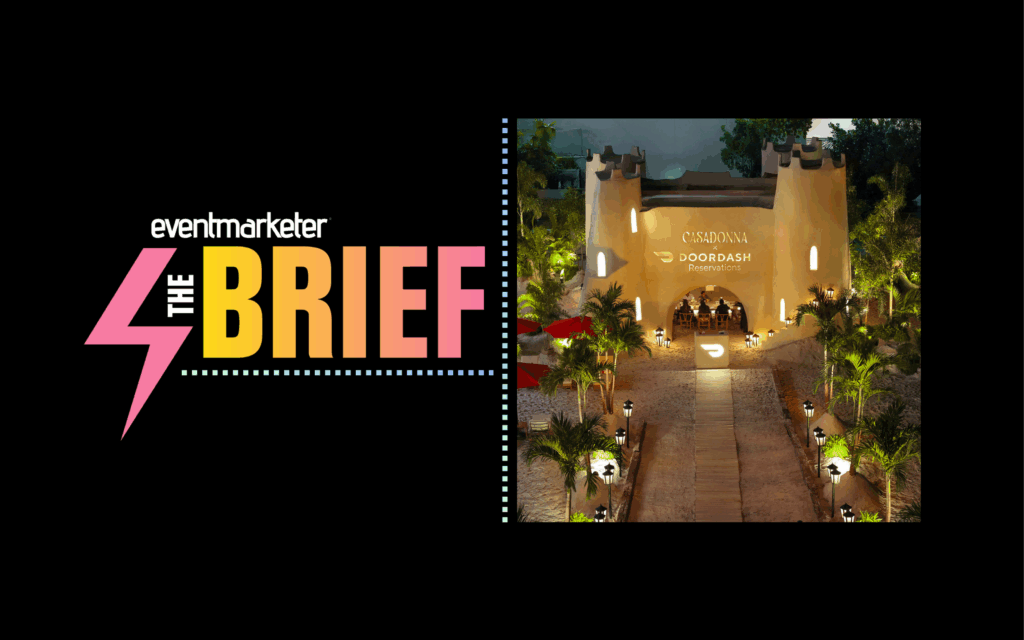Most CEOs want to know where they stand in the race to win against their competitors. In benchmarking, we define who’s ahead, and whom we’re ahead of. Understanding where we sit with regard to the competition drives the creation of growth, marketing and operational goals. It also yields insights into what a company must do in order to successfully compete, and where to prioritize investments in the future.
 Benchmark data is a useful tool in helping companies see their futures in a new way. With that new aspirational vision defined, it’s possible to plot a path that will get a company to a better place. A critical challenge for established companies, however, is seeing two things. First, the competition is often doing a poor job of marketing, innovating, or simply running their business. If we only aim to do as well as they, we’ll be aiming low and making plans to do poorly while maintaining a belief that it’s an improvement over what we’re doing now. Second, the known set of competitors is actually an incomplete list of companies that we should have an eye on.
Benchmark data is a useful tool in helping companies see their futures in a new way. With that new aspirational vision defined, it’s possible to plot a path that will get a company to a better place. A critical challenge for established companies, however, is seeing two things. First, the competition is often doing a poor job of marketing, innovating, or simply running their business. If we only aim to do as well as they, we’ll be aiming low and making plans to do poorly while maintaining a belief that it’s an improvement over what we’re doing now. Second, the known set of competitors is actually an incomplete list of companies that we should have an eye on.
CEOs and other executives often fail to see new threats on the horizon that may crush them in just a few years. That’s because they never saw these companies at all. They aren’t on the radar as competitors. And when they do come into view, these “newbies” are usually dismissed as irrelevant or fly-by-night. Shaping a vision of the future that leads to continued success requires actively looking for competitors and insights in areas that aren’t always intuitive, and having the courage to see how a business is vulnerable.
Who are these new threats?
The new breed of companies that pose a very real threat to almost any established business are the startups that you may not yet know of. These are companies that are working all night, while the rest of us are sleeping. They are adept at technology and can generate a state-of-the-art website and social media platform in just a few weeks, with little to no investment. Their employees don’t mind working 70 hours a week. And, they are so scrappy that they find ways to get things done in almost no time, and with almost no money. (I compare this to employees of more established companies that often tell us it’s impossible to do what is needed because they don’t have the time or the budget.) These new companies have their pulse on the millennial generation’s buying power, and they’re capitalizing on it while many established companies are just beginning to realize this important group has value.
During my stint as a partner with the Capital Factory, the largest startup incubator in Austin, TX, I’ve had the opportunity to be a part of a few of these companies and have learned a lot from these “hungry” people. Seeing their crazy determination and unstoppable drive never fails to jolt me out of my confidence that I know “what’s going on” and that’s saying something because Tocquigny has had 30 years of success. My experience at Capital Factory has forced me to start thinking differently. It has helped me see that the “boundaries” most companies define for themselves—such as how they market, operate, and do business—are really just ways to define and protect their comfort zones.
How afraid should you be?
If you’re interested in gaining an understanding of how this new wave of disruptive innovation might affect your business, study the lists of top startups. If you Google “top startups,” you’ll find pages of companies. No matter what industry you’re in, I guarantee there are companies you’ve never heard of that are lying awake at night thinking about how they can steal your customers by using a business model you’ve likely never heard of. These companies are like fresh horses introduced in the last half of the race when all the other thoroughbreds are already tired.
A pattern that I have noticed with these companies is that many tend to sell a less sophisticated product at a lower price. They sell to a younger generation that the more mature companies have completely ignored. Almost always, they are using technology to shift how business is conducted. They’re using marketing automation to inexpensively acquire new customers and build a loyal community. They are in touch with customers and prospects regularly, and they are creating fresh new experiences online that provide improved purchase processes. And, they are steadily building loyalty with their own generation. Find one of these companies in your space and look at the number of Facebook fans they have, and how active they are on Instagram, Twitter and Pinterest. Compare it to yours. You can dismiss that key performance indicator as irrelevant in your industry, for your market and with what you sell. And most companies do because they can’t determine what the value of a Facebook fan is. But when you consider this in terms of awareness and affinity, it starts to matter.
I was recently visiting with Chappellet Vineyards, an upscale wine maker in California. They sell excellent high-end wines at their vineyard, at events, through distributors and on their website. They have a serviceable website with a rather clunky ecommerce experience. Because of the price point of their wine, they don’t cater to the millennial generation. I asked if they had ever heard of a company called Wine Awesomeness. This company, founded in 2012, has almost no overhead compared to a vineyard because they simply distribute wine through an excellent ecommerce experience. They have a fresh website that captures customer and prospect data, and a marketing automation platform to cultivate leads, grow loyalty and incentivize sales through couponing. They are growing fast, have a business strategy to win and are innovating in a blue ocean. They are expertly using social media and effectively using their database of customers and prospects to generate immediate revenue and mindshare. Chappellet doesn’t see Wine Awesomeness as a competitor because they sell low-end wine to the millennial generation. However, I predict that Wine Awesomeness will grow exponentially over the next two years and will soon own a large share of the wine market with millennials. It will be easy for them to move into selling a higher-end product. Their awareness will grow, and they’ll have a finely tuned ecommerce machine that will eclipse Chappellet’s. The ground is starting to shift.
Benchmark to excellence, not mediocrity.
When benchmarking a business, to get a full view of opportunities, look at your traditional competitors. And, also look at comparable companies that are not in your industry segment. For instance, I recently compared a prominent global trade show company that uses an ecommerce portal to the big banks in order to understand how to simplify the customer log-in process. Banks have been testing and perfecting this for years. There is a lot we learned there. I recommend looking at how companies in other industries solve the same problems you encounter. This can be far more fruitful than looking at how your competitors have solved them. Next, analyze the new wave of innovative startups that are operating in the general market space to understand the disruption that is likely to take place in the next year or two. Startups pivot frequently and may seem to have a focus that is not relevant, but in a matter of weeks they can refocus to become a threat. Therefore, it’s important to cast a wider net when identifying the startups that we should look at for insights on how to improve our business and prepare for the future. It’s impossible to build a bulletproof plan for the future. However, benchmarking to excellence instead of mediocrity will get you on a path with better odds for success.—Yvonne Tocquigny is CEO of Tocquigny.



